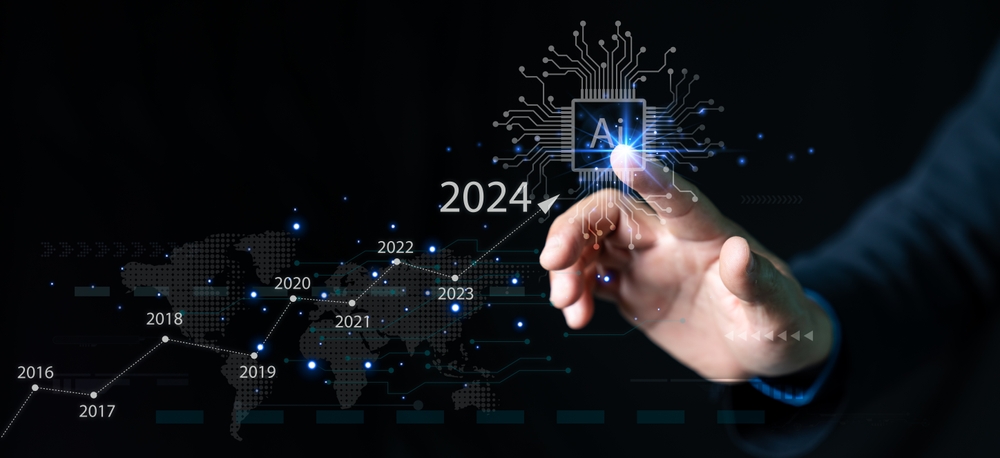- Home
- Whitepapers, reports & articles
- The big 3 challenges in trying to achieve single customer view
The big 3 challenges in trying to achieve single customer view

Contents
15 August 2021
The value of a single, authoritative customer view is well established, and offers many advantages, from segmentation to risk reduction and customer retention.
But as Sandstone Technology Chief Customer Officer Ross Watts, explains, there are three major hurdles to be overcome for incumbents.
1. Legacy systems
Legacy is an issue for many of Sandstone’s customers. Banks may have products or integrations living on multiple systems within the same organisation. This may arise out of internal banking segmentation or internal use of new systems layered onto old ones; but the result is that these legacy systems don’t integrate or talk to others.
We have banking clients who can’t see whether their customers have a car or equipment finance loans with them – these are customers who hold their main transaction account with the bank. Nor do they have a view of the customer’s credit card because it’s white labelled with another brand.
Another issue for institutions still tied into legacy systems is the cost to change. Sometimes the cost to bring all those systems to bear outweighs the benefit, depending on the size and scale of their customer base.
Which means many of the current incumbents are being usurped by new entrants into the market. See Judo in the SME space, or the example of 86400 who picked up a large share of the younger market, largely because they’re able to offer a single customer view so quickly.
This is very attractive to a generation of customers who want everything within seconds. As a segmentation play, fast, no-legacy systems win every time. And it’s certainly a golden period for the neo banks at the moment, as they make the most of this opportunity.
2. Poor quality data
Data quality is another obstacle. Even if you do have a single customer view, it might not be capturing the richest data; data may be inaccurate, inconsistent or incomplete, so it’s difficult to integrate and put to use. Or you might not be able to categorise that data.
We speak to a lot of banking clients who need support on income and expenditure verification. They have access to the customer information but they can’t categorise it. So that makes it very difficult when they’re making credit decisions – whether for an overdraft, a credit card or a home loan.
There are also organisations like Westpac or Bank of Queensland for example, that have multiple brands within the group. Their challenge is how to bring all of that data together and avoid duplication. And how to migrate it all into one customer ID, so they haven’t got seven Jane Smiths in the system, and they’re not offering different solutions to one person. They have just one Jane Smith and a single view of who she is.
3. Silos creating disconnected data
Most established banks have data silos. Often the transactional banking team have all the information about what customers are spending from their deposit and current accounts, while the marketing department has a different collection of data, and the home lending team has another subset. Consumer credit, corporate, the credit card team, the mortgage application team – all are potentially sitting in different offices, in different regions, and are collecting information that is of value to them.
Teams are using different data for different purposes, and they’re not thinking about the benefits to the organisation or deepening the relationship with the customer more broadly. They’re just thinking about how they can hit their own KPIs and achieve their own goals.
Sometimes these disparate systems were created to improve efficiencies, or they’re a result of mergers and acquisitions. Either way, you’re looking at duplication and conflict arising out of a very disjointed technological ecosystem, at a time when there are more channels, more kinds of data and a greater volume of data than ever before. In many instances, it’s “Never the twain shall meet”.
Given this state of affairs, it’s easy to see how an accurate, actionable single customer view might feel like it’s out of reach. But open banking and the rise of neo banks have sharpened the focus of many institutions, and all in market are now working towards this target. They’re cognisant that they’ll need to mitigate it as a risk and catch up to the challengers.
A customer-centric path for banking technology
To fight their way out of legacy systems and silos and gain a competitive edge, banks need a new approach. It means thinking about the end-to-end customer journey and how you can help the customer along that path, whichever way they go. Rather than thinking about what you, the organisation, needs in terms of data.
Every financial institution knows what the starting points for a customer are going to be, from opening an account, to downloading the bank app for the first time, moving their home loan or purchasing a credit card. They are the main interactions the bank will have as a starting point. Then you take those scenarios, identify all the data points that the bank will capture along the way and how can you use those to retain and grow the relationship with that customer.
When you’re focused on that customer journey, you need to think: how can I make sure every touch point and the data that comes from that, integrates into the right space?
So rather than collecting pools of data into different areas, you’re gathering them all in one central place, and employees are able to access various kinds of data depending on their needs. So then you can start to talk about enabling customer identity matching: that’s how you avoid having 7 Jane Smiths in your system.
Technology doing the hard yards
At the moment, many financial institutions are struggling in this space, especially with the issue of multiple IDs for the same customer. This might happen when a customer’s address isn’t updated in a database, or where their email address or phone number has changed – and the longer that goes on, the bigger an issue it becomes.
Taking the approach recommended above, a bank is literally able to marry up customers, transactions, their account ID, their email address, credit card number, their transaction ID, the name of the agent they spoke to when they called contact centre: all of those different identifiers.
Being able to get that single customer view would be almost impossible to do manually when you have millions of customers. AI and machine learning are powering the tools institutions are using to sort the data; banking automation is how you achieve the all-important speed and ease expected by the customer end user.
And one final note. It's not just financial institutions that need to be constantly challenging themselves. In such a fast-moving space, banking technology providers like Sandstone Technology, need to always be asking themselves: how can we be better at this?
For us that means making sure all our products integrate seamlessly with each other, and that they integrate with the latest and greatest fintech tools that enable banks to aggregate data. In the end it’s about creating a frictionless customer experience that flows through all of our solutions.
Read more
- All
- Article
- Whitepaper
- Reports

























.jpg)











.jpg)

.jpg)


.jpg)
.jpg)

